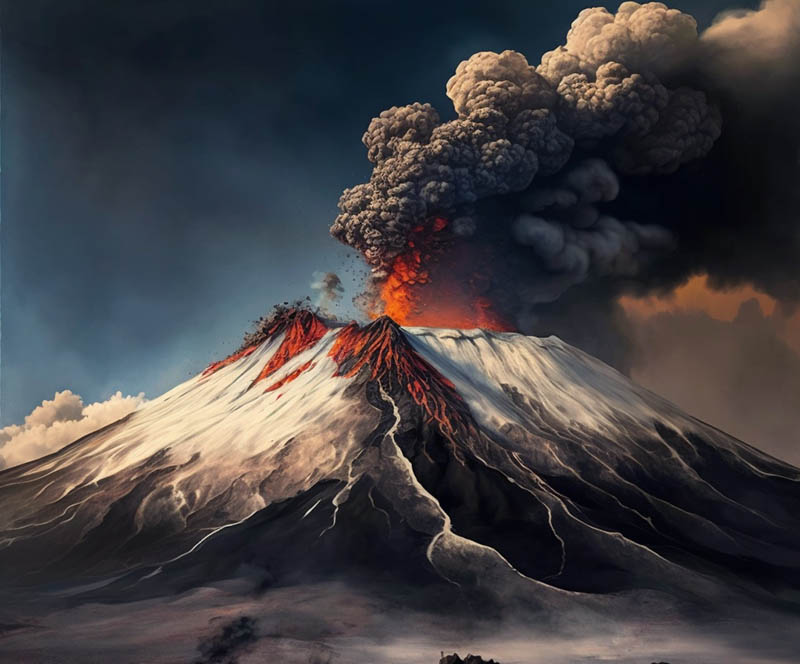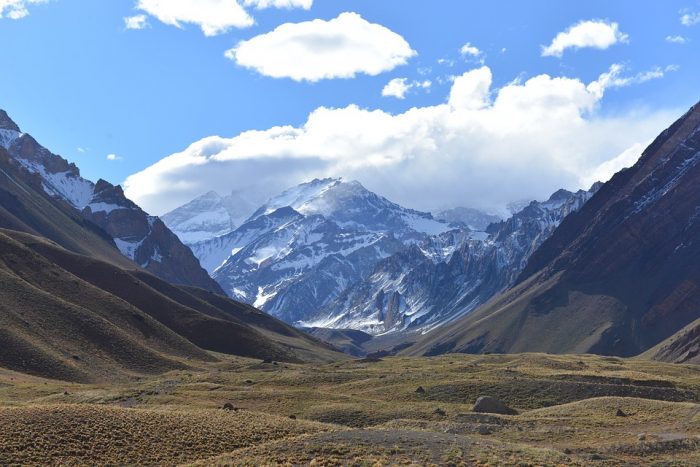Mount Etna is one of the most fascinating natural wonders on Earth. Located on the east coast of the island of Sicily, Italy, it is the highest active volcano in Europe and one of the most active in the world.
What Is Mount Etna?
- Mount Etna is the tallest active volcano in Europe, reaching a height of 3,329 meters (10,922 feet) above sea level.
- The volcano covers an area of about 1,190 square kilometers (460 square miles) and has a circumference of approximately 140 kilometers (87 miles).
- Etna is the world’s second most active volcano, having erupted more than 200 times in the last 3,000 years. It has from 200 to 400 lateral volcanic craters. Om average, every three months lava erupts from one of those craters.
- The first recorded eruption of Mount Etna dates back to 1500 BC, and it has been erupting regularly ever since.
- Mount Etna is a stratovolcano, which means it is built up of layers of hardened lava, volcanic ash, and other volcanic material.
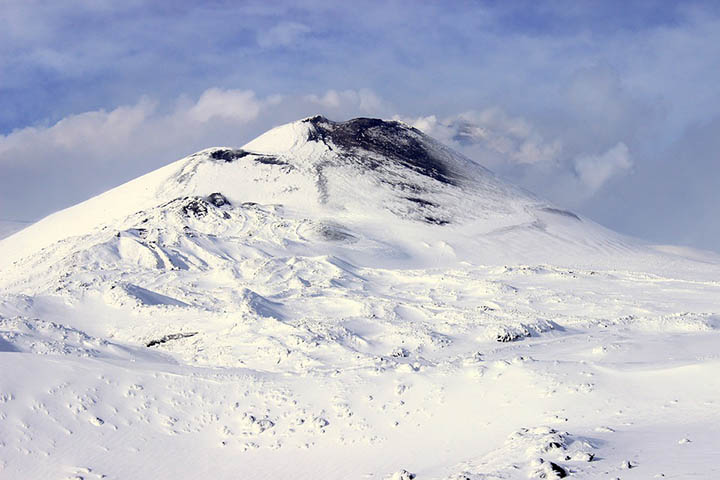
Is Mount Etna A Dangerous Volcano?
- The volcano is constantly changing shape due to the eruptions and other geological processes, with the summit constantly growing and changing.
- The name “Etna” comes from the Greek word “Aitne,” which means “I burn.”
- Mount Etna is a UNESCO World Heritage Site, recognized for its geological importance and cultural significance to the people of Sicily.
- The volcano has several craters and fissures, including the famous Voragine and Bocca Nuova craters.
- Etna has produced some of the most spectacular eruptions in history, including the 1669 eruption that destroyed several nearby towns. In 1928, another eruption caused significant damage to the city of Catania.
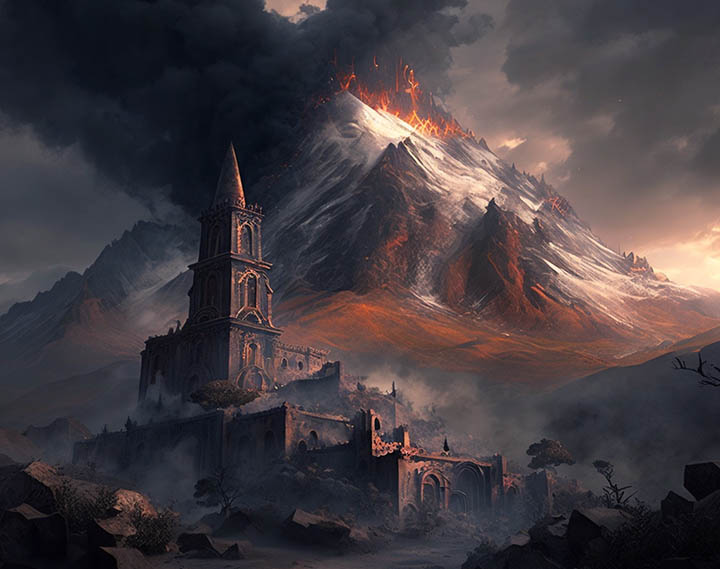
A Lot Of People Live Around Etna
- The ash and lava from Etna have created fertile soils that support agriculture, including vineyards that produce some of Sicily’s most famous wines.
- Mount Etna is home to a wide range of plant and animal life, including the endemic Etna birch. It grows only here, on the slopes of the volcano.
- The volcano has a complex hydrothermal system that produces hot springs, geysers, and fumaroles (steam vents).
- The local population has a long history of living with the volcano, with many legends and myths associated with its activity. The slopes of Etna are densely populated because the soil here is very fertile. On average, this volcano destroys a village once every 150 years.
- Mount Etna is a popular destination for tourists, who can explore the volcano’s craters, hike its slopes, and take in the spectacular views from its summit.
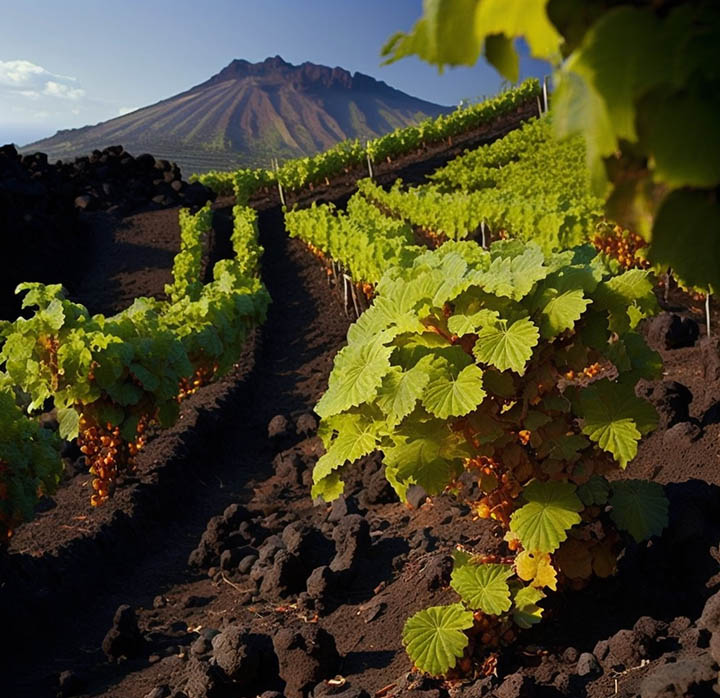
Miscellaneous
- The volcano is monitored constantly by a team of scientists who use seismology, geodesy, and other techniques to study its behavior.
- Etna is also home to the oldest observatory in the world, the Catania Astrophysical Observatory, which was founded in 1890.
- The volcano is also the site of important research into the origins of life. The extreme conditions in its hydrothermal system are similar to those that may have existed on early Earth.
- Mount Etna has played an important role in the history and culture of Sicily, featuring prominently in art, literature, and folklore.
- The eruption of Mount Etna in December 2018 created a spectacular display of lava fountains and ash plumes. Luckily, it didn’t cause any significant damage or injuries.
